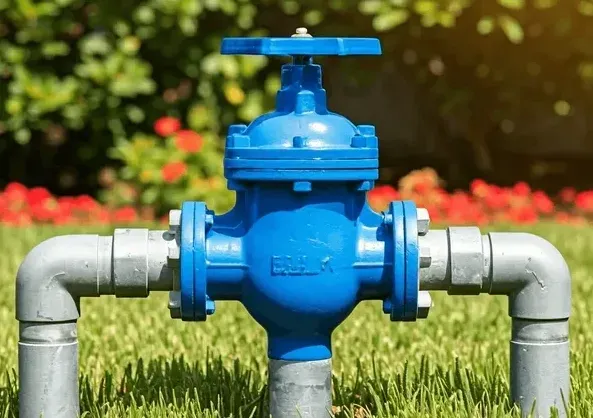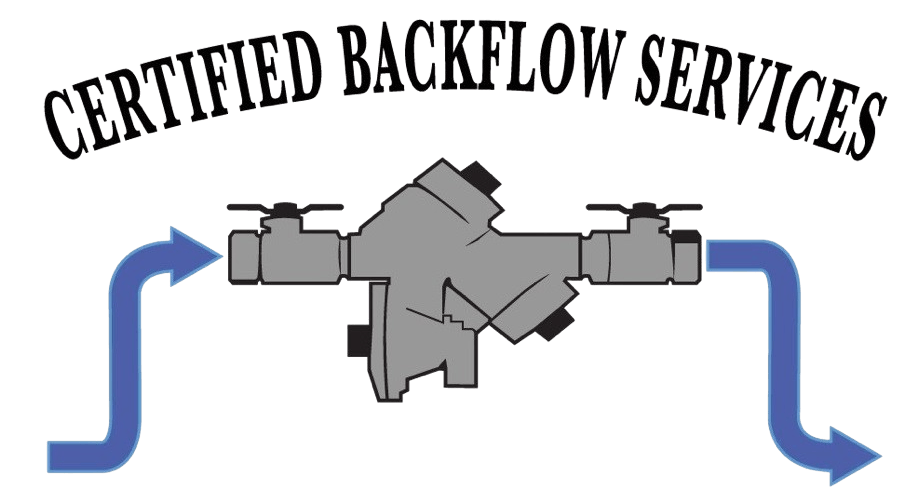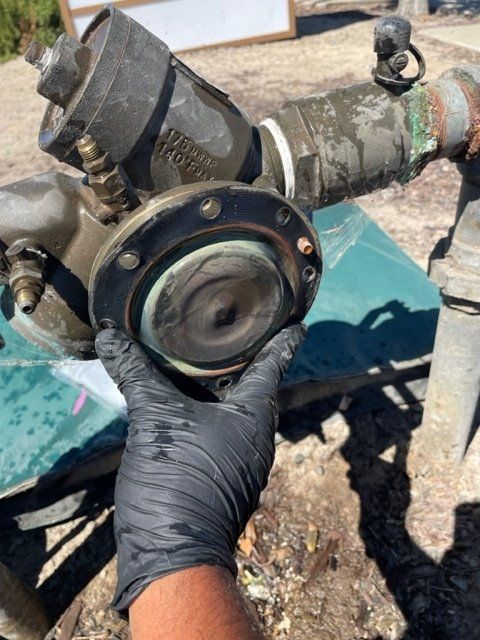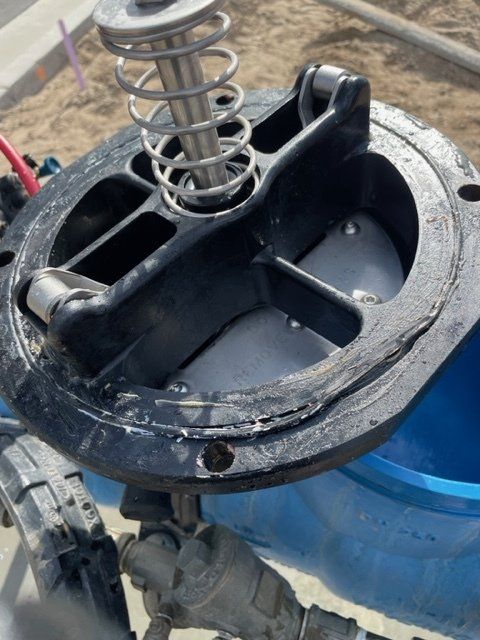Safeguarding Public Health
The Role of a Certified Backflow Specialist in Protecting Drinking Water Systems
What is a Backflow?
Drinking water flows from the source to your tap in pressurized water pipes. Typically it only flows in one direction, although under certain circumstances it can flow in the opposite direction, or “backflow.” This can be caused by things such as a water main break or high demand at a fire hydrant. When backflow occurs, water runs backward through the water system. The water flowing backward often is non-potable and might contaminate the drinking water supply.
Certified Backflow Services are crucial for maintaining the safety of public drinking water systems, and a cross-connection control specialist plays a vital role in this process.
As members of the American Water Works Association (AWWA), our team of highly trained Cross-Connection Control Specialists are dedicated to environmental protection and ensuring the safety and efficiency of your water systems
Our professionals are responsible for identifying, evaluating, and mitigating potential hazards where non-potable water sources could mix with the drinking water supply. They meticulously inspect facilities, conduct surveys, and test backflow prevention devices to ensure that contaminated water does not flow back into the public water supply, safeguarding against harmful bacteria, viruses, or chemicals that could pose serious health risks if ingested. Beyond

Backflow Testing
The majority of backflow assemblies include a check valve or valves and occasionally a relief valve. Each of these mechanical internal components must be tested annually and maintained if necessary. During a backflow test, the assembly is pressurized and then each part is isolated to ensure it is operating at an acceptable level. The check valves must hold a minimum pressure to pass the inspection and the relief valves must open before a certain pressure differential is reached. Repairs must be performed if minimum standards are not met.
Is Testing Required?
Numerous state regulations require all backflow prevention devices to be tested annually. These devices are required to keep the water that passes through them and into the plumbing system beyond them from coming back into the water supply, while protecting the quality and safety of the drinking water system. Just like the individual parts of your car, backflow prevention devices have parts that can break down and wear out. Annual backflow tests can help to ensure the drinking water supplied to your home remains safe. Not sure whether your system needs a backflow assembly device or an annual test?
What is a backflow preventer?
A backflow preventer is a device installed in the plumbing system that prevents non-potable (not drinkable) water from mixing with clean drinking water. These devices commonly contain a number of valves that ensure that the stagnant and/or polluted water beyond the backflow preventer can never escape.
What does a backflow preventer look like and where is it located?

A backflow preventer typically consists of a valve mechanism that allows water to flow in one direction only. The most common type of backflow preventer is known as a double check valve assembly. This type of assembly includes two check valves that are installed in series to prevent backflow.
The check valves in a backflow preventer may be spring-loaded or have a swinging mechanism, depending on the specific design of the device. These valves are typically housed in a brass or stainless steel body, which is designed to withstand the pressures of the water flowing through the system.
Where is a Backflow Preventer Located?
These devices are typically located in a plumbing system. Backflow preventers are commonly installed at cross-connections in a plumbing system. A cross-connection is a point where the clean water supply is connected to a potential source of contamination, such as a sprinkler system or irrigation system.
In most cases, you can find a backflow preventer located near the water meter or at the point where the main water line enters your home or building. Additionally, backflow preventers may also be installed on individual fixtures, such as outdoor hose bibs, to prevent backflow from occurring at these specific locations.
What is backflow prevention service?
Backflow prevention service and inspection is vital to maintaining the quality of drinking water. The backflow preventer at your home or place of business is the only thing standing between your clean drinking water and potentially contaminated or stagnant water in auxiliary systems (such as irrigation systems, fire suppression systems, wells, pools, hot tubs, and boilers)
It is crucial that backflow devices are inspected on a regular basis and receive maintenance as necessary. Nearby cities, central valley cities and the state of California require that each backflow preventer be inspected and pass inspection at least once per year. Your water provider is legally required to enforce this legislation and maintain a high level of compliance throughout their district.






